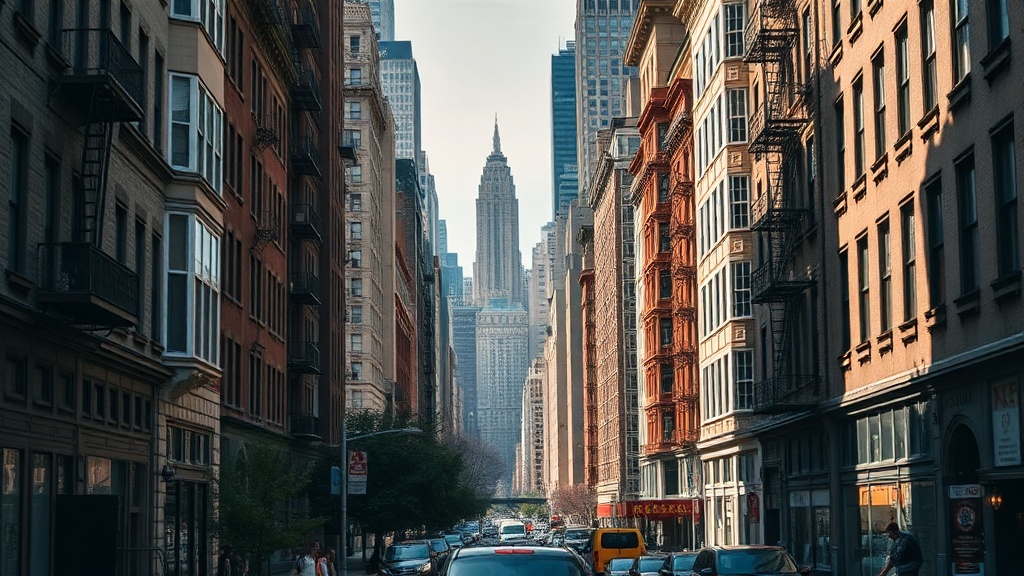The Upper East Side remains one of the city’s most iconic neighborhoods, blending museum-rich avenues, tree-lined blocks, and a refined residential atmosphere. Stretching from Central Park to the East River, this area offers a mix of cultural institutions, landmark architecture, upscale shopping, and quieter residential pockets that appeal to families, professionals, and visitors seeking a classic New York experience.
Cultural heartbeat
Museum Mile anchors the neighborhood’s cultural identity. World-class institutions draw art lovers and casual visitors alike, creating a daytime energy that complements the residential calm.
Gallery openings, museum programs, and seasonal outdoor installations keep the calendar active, so it’s easy to plan a day that mixes curated collections and leisurely exploration.
Real estate and architecture
The Upper East Side’s streets showcase a range of architectural styles: limestone townhouses, prewar co-ops with ornate lobbies, and modern glass towers with river views.
Co-op ownership and landmark-protected brownstones lend a sense of permanence, while newer condominiums add contemporary conveniences.
The market favors quality finishes, proximity to green space, and blocks known for low traffic and attractive streetscapes.
Dining and neighborhoods
Dining here ranges from elegant dining rooms and classic bistros to neighborhood markets and artisanal bakeries. Madison and Lexington Avenues host designer storefronts and local boutiques, while quieter side streets reveal longtime delis and family-run eateries that have become community institutions. Distinct sub-neighborhoods—from the family-friendly blocks near the park to the more urban corridors closer to the river—offer different daily rhythms and amenity mixes.
Parks and outdoor life
Central Park anchors the west side with walking paths, playgrounds, and scenic spots ideal for picnics or a morning run. On the east side, riverfront parks provide quieter green space, waterfront promenades, and dog runs.
Tree-lined residential streets and small pocket parks make the neighborhood feel livable and accessible even for those who prefer calm to city bustle.
Shopping and services
Boutiques, specialty shops, and high-end retailers sit alongside neighborhood hardware stores and specialty grocers. Services—from boutique fitness studios to full-service salons and independent bookstores—support daily life.
For those who prioritize walkability, many errands can be handled a few blocks from home.
Practical considerations
The neighborhood is well connected by public transit and has extensive bus routes that complement subway options, making commuting convenient for residents.
Schools, both public and private, are a draw for families seeking a mix of city living and educational choices.

Safety, well-maintained sidewalks, and consistent municipal services keep the neighborhood comfortable for long-term residents.
Quick tips for visitors and newcomers
– Start at the museum corridor and plan timed-entry visits for major institutions to avoid lines.
– Stroll down Madison Avenue for window shopping, then detour into side streets to find hidden cafes.
– Enjoy a picnic or a shaded bench in Central Park for a classic local experience.
– Make reservations for popular restaurants, especially on weekends and evenings.
– Explore small galleries on quieter blocks to discover emerging artists.
Why choose the Upper East Side
The area offers a blend of cultural capital and residential tranquility that’s rare in a major city.
It’s ideal for those who want access to top museums and elegant shopping while enjoying stable, tree-lined neighborhoods.
Whether settling in as a resident or visiting for a day, the Upper East Side delivers a refined, walkable slice of urban life that balances tradition with contemporary comforts.